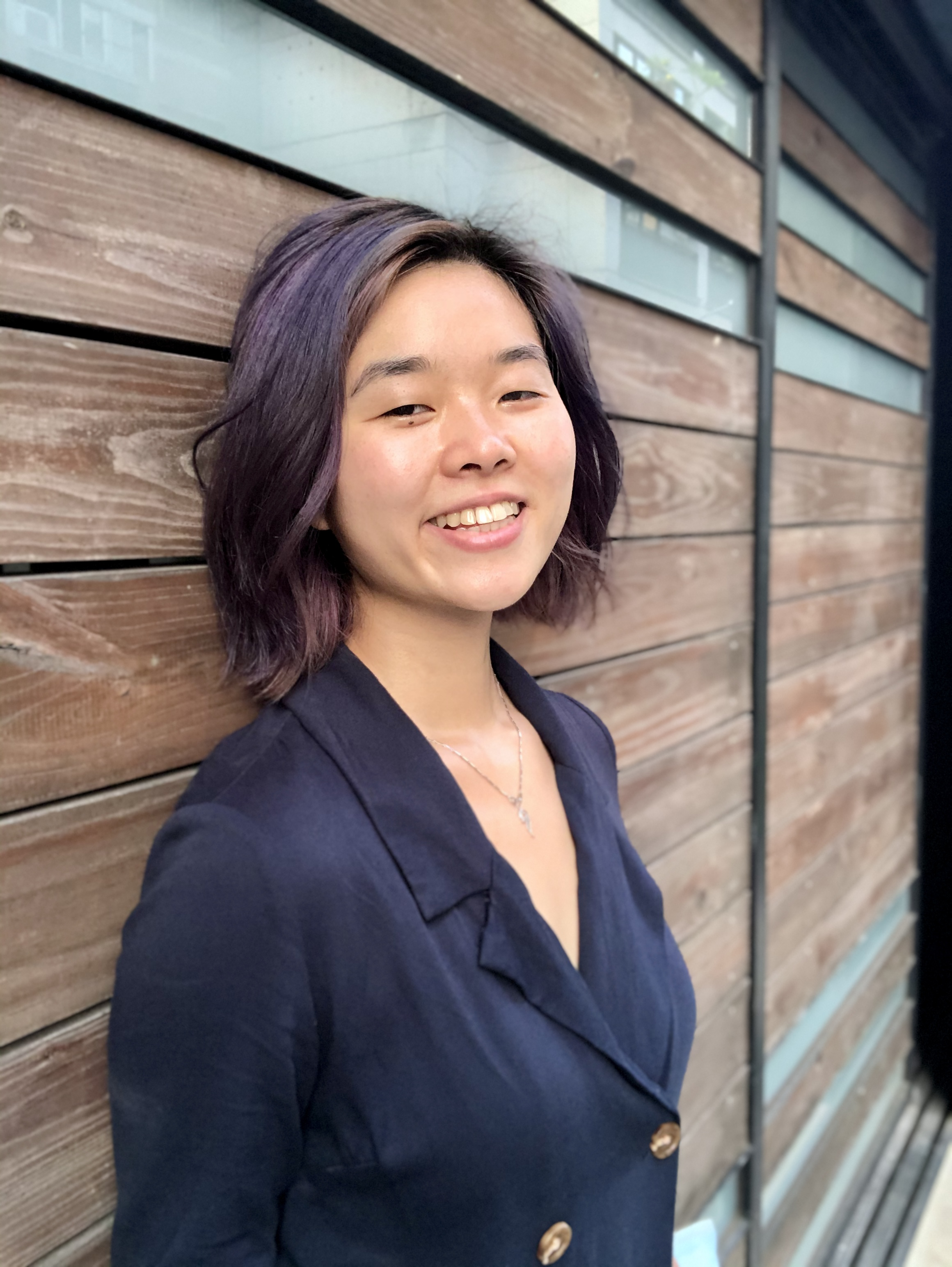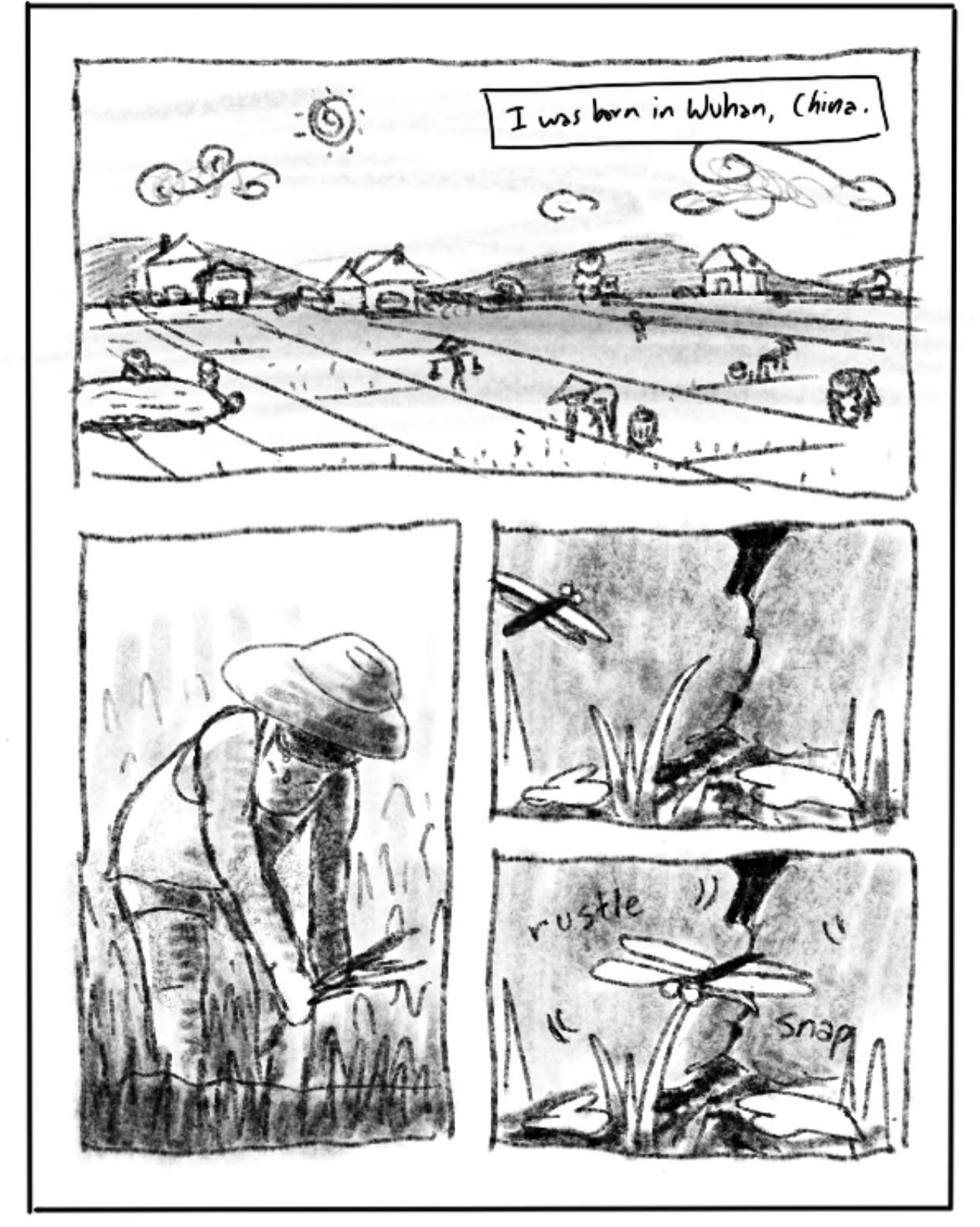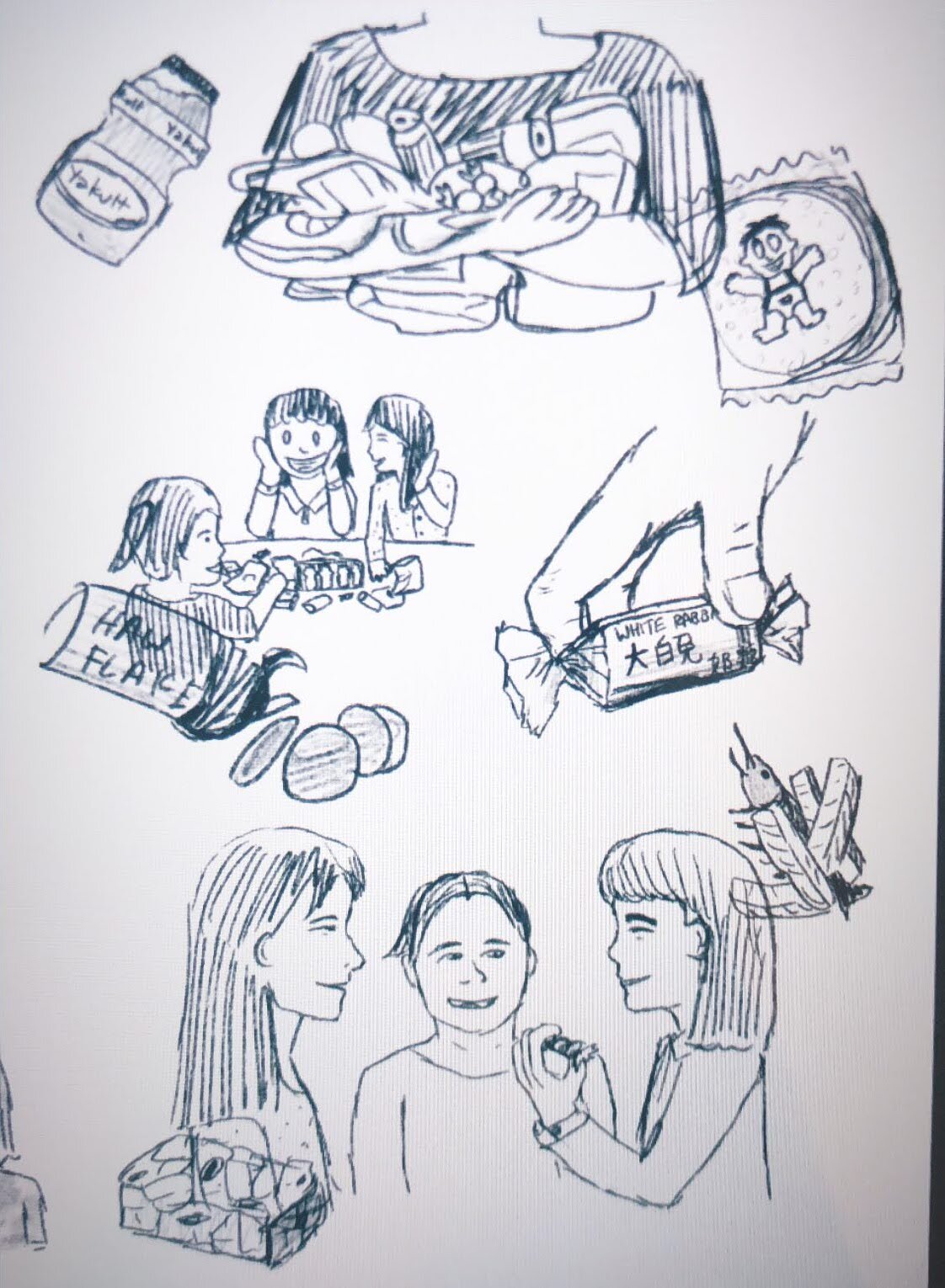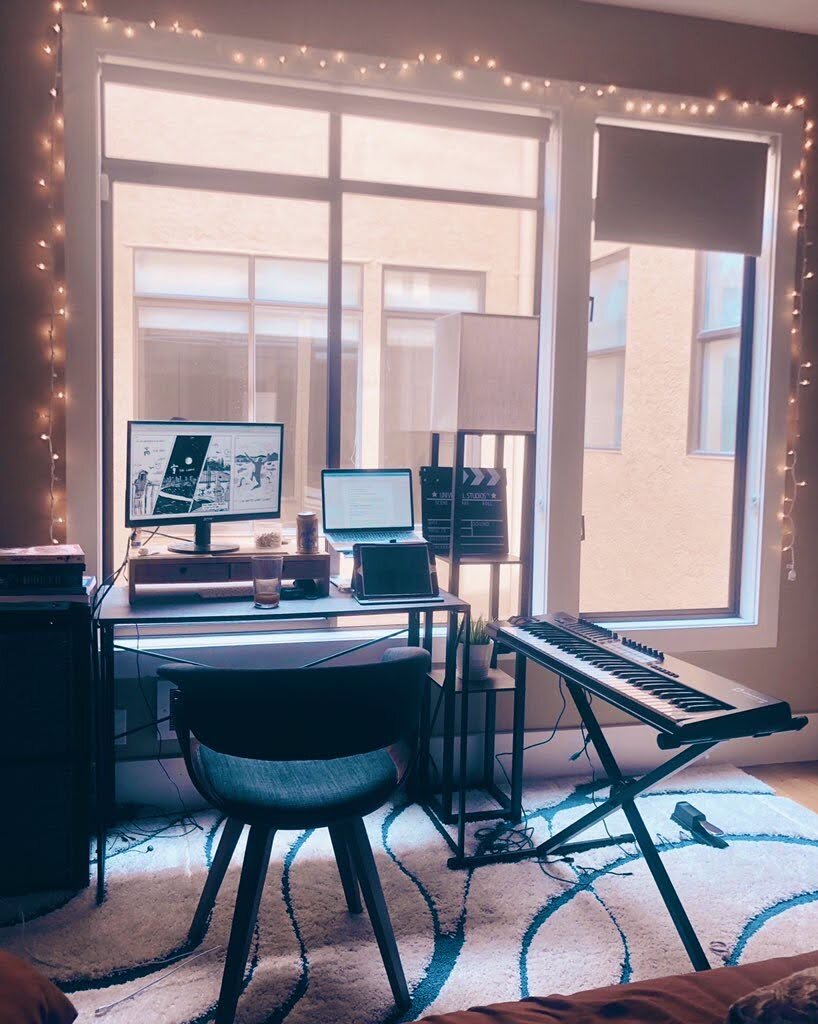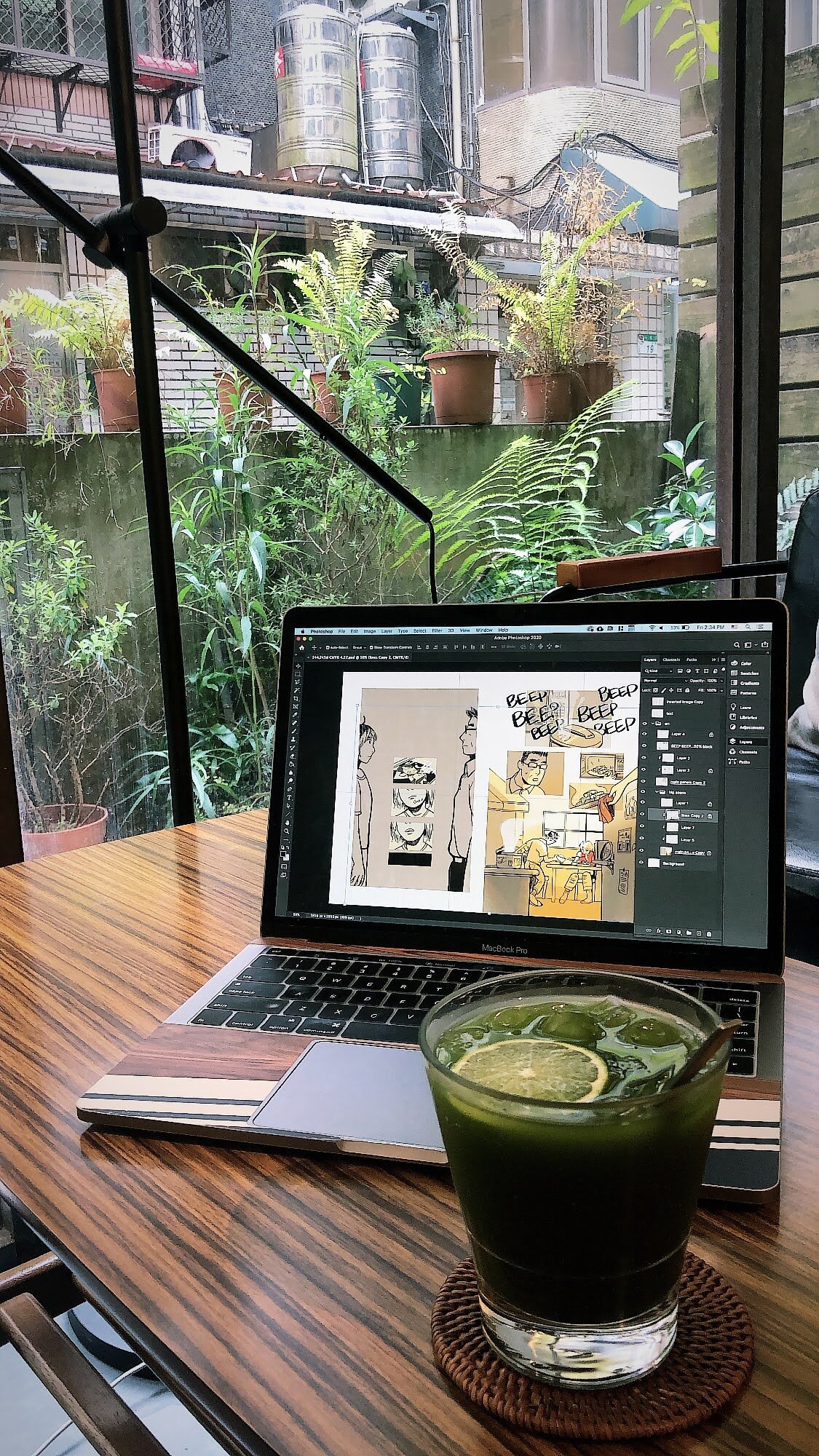Laura Gao: A Comic Artist Tackling Misconceptions and Unrepresentative Histories
Comic artist and writer Laura Gao has always been drawn to storytelling. Upon graduating from the University of Pennsylvania, Laura moved to San Francisco to become a product manager at Twitter. She found the creative aspects and the artistic freedom of her childhood, so she began to experiment with comics, finding that with their bold graphics, intriguing storylines, and short but resonating messages, she could best relay her thoughts. Comics allowed her to merge writing with art to tell a story. “I see writing as very synonymous with art and creative expression. I can’t think of many art pieces that I didn’t also write some kind of purpose statement for. It goes hand in hand with comics,” she reflects.
In The Wuhan I Know, the comic Laura is best known for, she illustrates her unique perspective on her birthplace, Wuhan, China, in the face of the growing anti-Asian sentiment that followed the onset of the COVID-19 pandemic. “Once everything started happening, it hit like a dump truck,” Laura recalls. “I was not only so scared for my family’s life back in Wuhan, but now, Asian people were getting attacked in the [United States].” The portrayal of Wuhan in the news and media felt so foreign from the city she was familiar with, so Laura felt compelled to provide a new perspective of Wuhan. “I felt like before this, no one in my life had ever heard of my hometown, and then once it happened, all that everyone knew was such a negative portrayal of it. It was really disheartening. It suddenly became this big scapegoat for what was happening,” she says. The whirlwind of emotions that Laura was experiencing was ultimately poured into The Wuhan I Know, challenging the frightening headlines through which many were first introduced to Wuhan.
“I felt like before [the COVID-19 pandemic], no one in my life had ever heard of my hometown [Wuhan], and then once it happened, all that everyone knew was such a negative portrayal of it. It was really disheartening. It suddenly became this big scapegoat for what was happening.”
Laura’s goal was for the comic to “not only shine a much more positive and personal light on [her] hometown and show all the amazing things that [she] knew of it, but also to address the anti-Asian racism that was going on and share some of [her] experiences from a very small, conservative white town in Texas.” The comic went on to reach audiences in countries across the world and was featured in NPR and Huffington Post.
In recent months, there has been a rise in anti-Asian hate crimes across the country. While at the start of the pandemic, there was more media coverage on crimes specifically targeting Asian Americans, the attention the issue receives has decreased in recent months. Laura believes the lack of coverage by the media in recent months is part of the problem. “Just recently, I had people ask, ‘why is anti-Asian sentiment happening again after a year?’ And I’m like, it’s not just suddenly popped up again, it’s been happening… and now, after a long period of not talking about it, the media is like, ‘There’s a juicy story again, we can cover it,’ Laura says. “The problem with this is that Asian American issues don’t come into light until it’s a horrific tragedy, and that’s just incredibly sad in itself.”
Through her storytelling, Laura aims to continue to shine a light on the racism experienced by Asian Americans every day. Next February, Laura is set to release a graphic memoir titled Messy Roots. The inspiration for her book came from an email she received from a mother who thanked her for writing comics and showing her two young daughters the incredible things Asian American women were capable of. “I wanted to write back like, ‘I’m really glad, but also, here are all of the crazy trials and challenges that I’ve had to go through in my life, and I really hope that they don’t go through the same thing, but if they do, yada yada…’ I could’ve written a hundred-page email! At that point, I was like, wait, this 100-page email is basically my life story that I want to tell,” Laura says. Upon coming to that realization, Laura started writing Messy Roots. Her book is for them, but also for her, as a reflection on the insights she has gained throughout her life. “I was writing to younger Laura, telling her the things that I wished she knew then,” she notes. The book will detail her experiences as a queer, Asian immigrant growing up in a conservative town.
Aside from her creative literary projects, Laura has a multitude of other interests, ranging from business and technology to animation and design. “I have done a lot of different things,” she says, “mainly because I’m so interested in them and I don’t want to pigeon-hole myself into one thing.” Each of her projects shares a common theme: they tell stories. They convey her attitudes towards issues that she holds close to her heart, and that typically go under-recognized by the public. Using data projects, for example, Laura can supplement writing with buried evidence. One of her favorite projects using data was called Rewriting Herstory. “Growing up, learning mainly only about white men in history, I wanted to use data to auto-match these men with lesser-known women in history and show the parallels between them. That [story] was something I could prove better with data,” Laura says. As for animations, Laura relates their functionality to that of comics, “With animation, the cool thing is you can add music, you can add sound, you can add very cool transitions that a lot of times comics don’t get into.”
When projects fall through or interests change, it’s often easy to view these shifts as failures. To destigmatize alternate career paths and normalize failure, Laura helped launch the Anti-Resume Project, which essentially “satirize[s] the LinkedIn page and turn[s] it into a failure page,” through her club, The Signal, at the University of Pennsylvania. “[I shared an anti-resume] mainly because I started off in business school, and then I ended up gravitating towards other things,” Laura states. “My sophomore year, I started my own design company, and instead of going to class, I would focus on that, because it was a lot more interesting to me than learning about accounting. But to my parents, it seemed like a failure, because I wasn’t doing what [they wanted me to do], and I was doing all of this random stuff, in their eyes. And to my peers, who were like ‘why aren’t you going for McKinsey or Goldman Sachs instead of wasting your time doing art,’ it seemed like a failure, too.” But as Laura describes it, it is often failures that lead to our greatest successes.
And in her case, these supposed failures paved the way for her now blossoming career.
Laura plans to continue writing and working with technology in the near future to further advocate for the issues she cares about. “I’ve always said that my main purpose is to tell a story,” she says. “It doesn’t matter what medium I choose.”
STORY ISHITA SHAH
PHOTOS LAURA GAO
